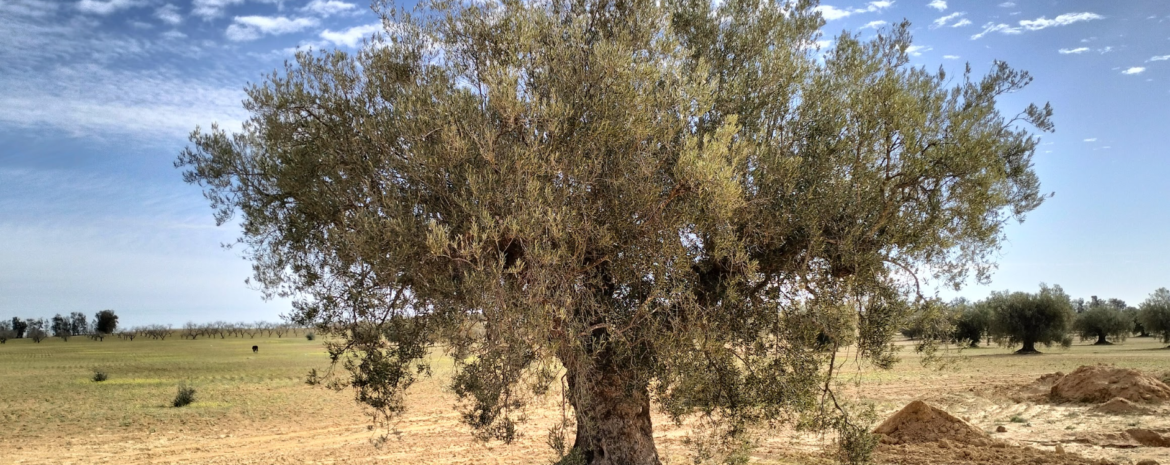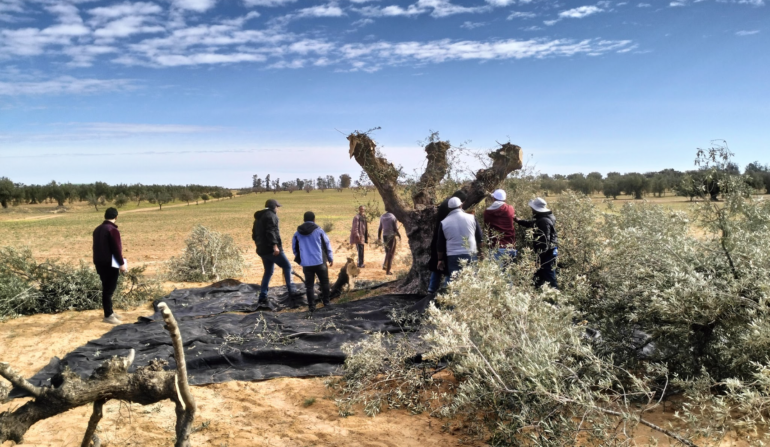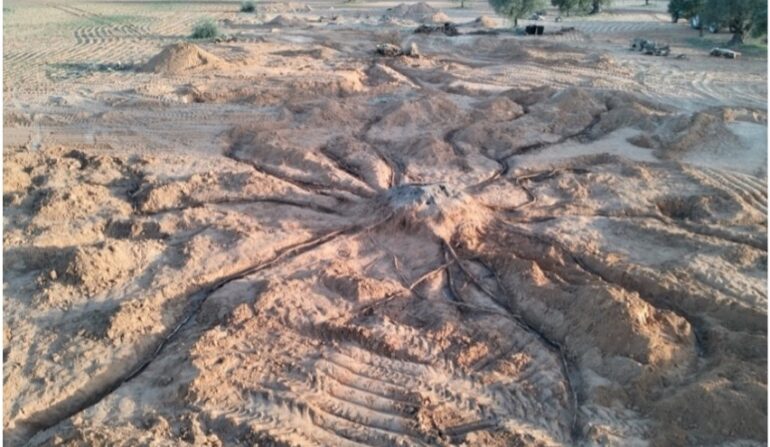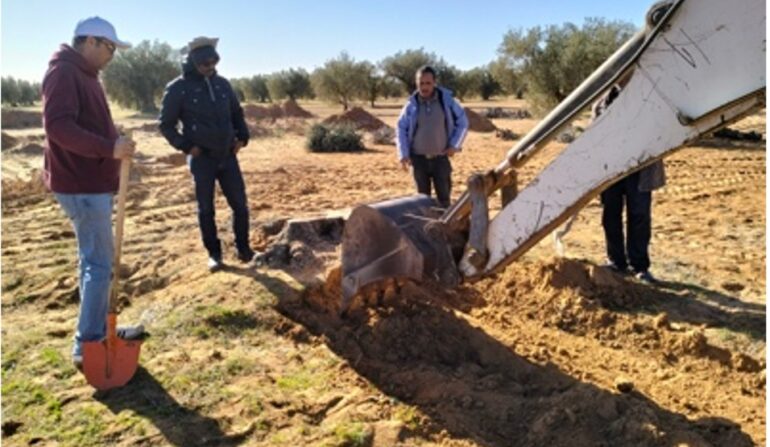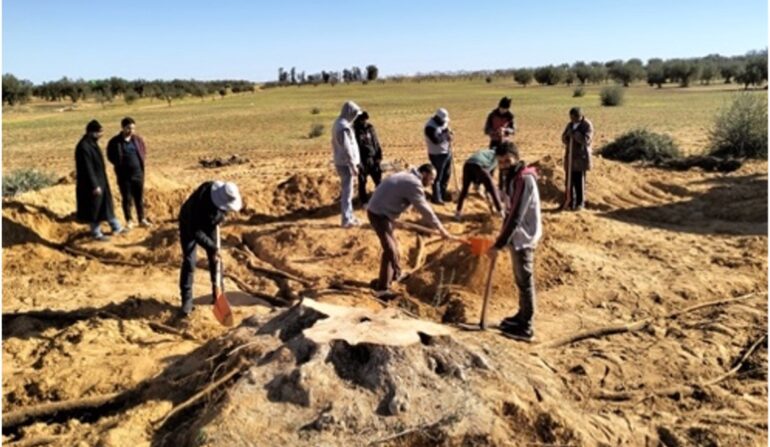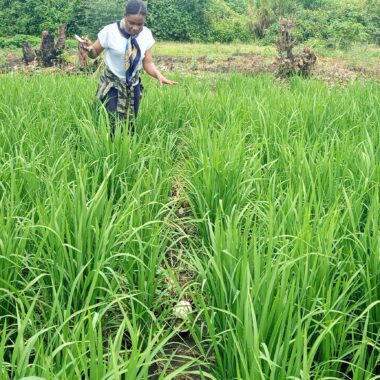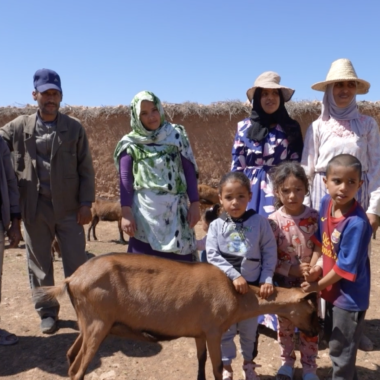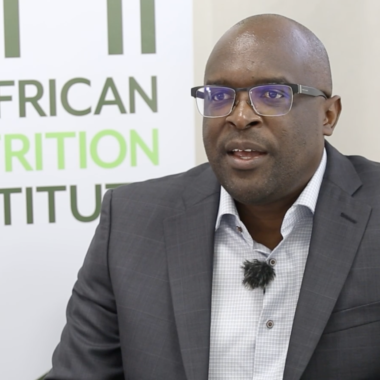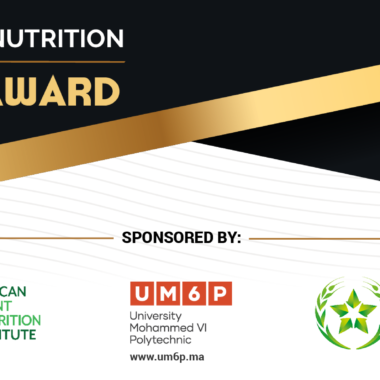Contributors: Sara Lamsili, Jr. Project Communications Manager, and Dr. Amine El Khouni, Scientist.
Tales from the Olive Tree: Soil Health and Carbon Sequestration
Nourishing the Economy: The Role of Olive Oil and Environmental Challenges
Tunisia is one of the leading countries worldwide in terms of olive production. As such, olive is a pillar of the country’s agricultural sector and plays a significant social, economic and environmental role. In 2020, olive oil production in Tunisia accounted for 47% of total food exports (Statista, 2023). This particular statistic illustrates the significance of olive oil within the national economy, as it serves as a pivotal contributor to poverty alleviation, particularly among farmers.
Olive (Olea europeae) is one of the oldest cultivated trees, which has a domesticated history in the Mediterranean basin of 6,000 years (Langutt et al., 2019). Nonetheless, caution is paramount as the Mediterranean basin is suggested to be a climate change “hotspot” by the Intergovernmental Panel on Climate Change since future model projections suggest considerable warming and drying in this area with an significant instability of precipitation (IPCC, 2022). It is also predicted that new environmental challenges will appear in the next decades.
These challenges pose a threat to olive-growing areas, inducing the loss of productivity and changes in fruit and oil quality. Consequently, global climate change has many impacts on ecosystem stability, food security and water quality affecting livelihoods and migration patterns. Through temperature elevation, precipitation irregularity and wind, climate is a key actor affecting soil formation and development. During the last two-to-three decades, climate change has led to an increase in salinization and a significant deterioration of lands. In fact, more than 7% of global lands are affected by salinity (FAO, 2023).
Collection of aboveground parts, separing them into: twigs (+leaves), tertiary branches, secondary branches, primary branches and trunk.
Cultivating Sustainability : the Soil Health and Carbon Sequestration Initiative
In recent decades, olive groves have grown to become paradigmatic model of land expansion with a clear dominance towards monoculture. This leads into simplified landscapes with a relatively small capacity to provide other ecosystem services besides olive fruit production.In parallel, nitrogen (N) is considered a cornerstone in the agricultural sector, with many vital roles in plant growth and development. Although literature emphasizes the importance of N in farming, scientists also highlight the importance of responsible N management aiming to reduce its environmental impact (UNEP). This can be carried out by enhancing its use efficiency and avoid harmful environmental effects. This coincides with the wealth of results from operating under the principles of 4R Nutrient Stewardship (Right Source, Right Rate, Right Time, Right Place) advocated by APNI, which aims to optimize N application and reduce N losses (Mutegi et al., 2024). With these considerations, the Soil Health and Carbon Sequestration initiative for Olive Systems in Tunisia has been set up by APNI in 2023, with an estimated duration of three years, to study soil health and sustainability capacities of olive groves under agroforestry and monoculture systems. Several key steps have been identified to achieve these objectives.
Root system of centruary olive tree after excavation: in the centre is the collar from whitch strated primary roots that hold secondary roots until fine roots. NB : The trees were already earmarked for removal as the land was required for other purposes.
Farmer Engagement and Assessing Olive Tree’s Potential
First and foremost, it is essential to gain insight into the perceptions held by farmers regarding soil health and the potential for carbon sequestration within their olive groves. This entails conducting surveys across various regions to capture diverse perspectives and understandings of sustainable agriculture. By engaging with farmers directly, valuable insights can be gained regarding their practices, challenges, and aspirations related to soil health and carbon sequestration.
Additionally, a crucial aspect of the initiative involves assessing the capacity of olive trees to sequester carbon and other nutrients, particularly considering variations in tree age. This necessitates the selective uprooting of olive trees across different age categories, ranging from young saplings to century-old specimens. Through careful characterization and analysis of these trees, including the determination of carbon and nutrient contents within various plant parts (both above and below ground), a comprehensive understanding of their sequestration capabilities can be attained. Subsequently, models will be developed to facilitate an ongoing evaluation of these trees, thereby enabling informed decision-making in the management of olive groves.
Furthermore, to promote sustainable agricultural practices and enhance soil management techniques, this initiative aims to develop a tailored package for crop management. This package will encompass innovative technologies and methodologies designed to optimize soil health and foster a more sustainable agricultural system. By incorporating novel approaches for soil conservation, nutrient management, and water efficiency, the package seeks to address key challenges faced by olive growers while promoting long-term environmental stewardship.
Collecting the belowground parts (roots) by excavating the soil around the tree (a ray of 12m). For this operation we used a backhoe assisted by scientists and labors to conserve the roots from damages.
Overall, the Soil Health and Carbon Sequestration initiative represents a holistic approach to advancing sustainability within olive groves with the goal of improving the livelihoods of farmers. Through collaborative efforts involving farmers, researchers, and agricultural experts, the initiative aims to generate valuable insights, implement practical solutions, and ultimately contribute to the resilience and vitality of olive-growing regions worldwide. By prioritizing soil health and carbon sequestration, the initiative seeks to foster a harmonious balance between agricultural productivity and environmental conservation, thereby ensuring the long-term viability of olive cultivation for generations to come.
References
Langgut, D., Cheddadi, R., Carrión, J. S., Cavanagh, M., Colombaroli, D., Eastwood, W. J., Greenberg, R., Litt, T., Mercuri, A. M., Miebach, A., Roberts, C. N., Woldring, H., Woodbridge, J. 2019. The origin and spread of olive cultivation in the Mediterranean Basin: The fossil pollen evidence. The Holocene, 29(5), 902-922. https://doi.org/10.1177/0959683619826654
Mutegi, J., Mouamine, I., Boulal, H., Amouzou, K.A., Valencia, B., Oberthür, T., Cook, S. 2023. The Role of 4R Plant Nutrition in Living Agricultural Landscapes: Developing the Nitrogen Water Carbon Nexus, Growing Africa 2(2): 2-7. https://doi.org/10.55693/ga22.HAJW5286
Mediterranean Region. 2022. Intergovernmental Panel on Climate Change (IPCC). https://www.ipcc.ch/report/ar6/wg2/downloads/report/IPCC_AR6_WGII_CCP4.pdf
Managing salt-affected soils for a sustainable future. 2022. Food and Agriculture Organization of the United Nations. https://www.fao.org/3/cc7887en/cc7887en.pdf
Olive oil industry in Tunisia – statistics & facts. 2023. Statista. https://www.statista.com/topics/8536/olive-oil-industry-in-tunisia/#editorsPicks
United Nations Environment Programme. (n.d.). Three ways we can better use nitrogen in farming. UNEP. https://www.unep.org/news-and-stories/story/three-ways-we-can-better-use-nitrogen-farming#:~:text=Without%20nitrogen%2C%20most%20of%20the,them%20grow%20stronger%20and%20better.

